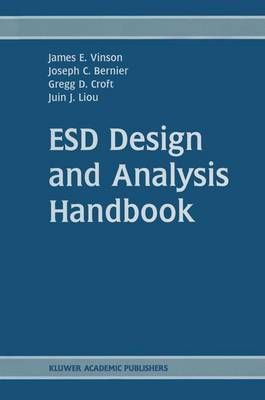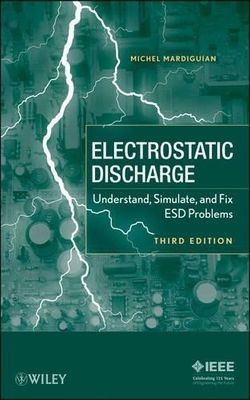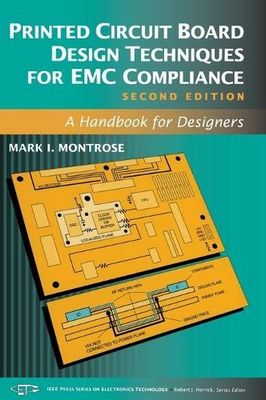About this book
ESD Design and Analysis Handbook presents an overview of ESD as it effects electronic circuits and provides a concise introduction for students, engineers, circuit designers and failure analysts. This handbook is written in simple terms and is filled with practical advice and examples to illustrate the concepts presented.
While this treatment is not exhaustive, it presents many of the most important areas of the ESD problem and suggests methods for improving them. The key topics covered include the physics of the event, failure analysis, protection, characterization, and simulation techniques. The book is intended as both an introductory text on ESD and a useful reference tool to draw on as the reader gains experience. The authors have tried to balance the level of detail in the ESD Design and Analysis Handbook against the wealth of literature published on ESD every year. To that end, each chapter has a topical list of references to facilitate further in-depth study.
Table of contents - (6 chapters)
|
|
About the authors
James E. Vinson
James E. Vinson is a specialist in ESD protection and design methodologies, contributing significantly to the ESD Design and Analysis Handbook. His expertise lies in failure analysis and implementing ESD protection measures in advanced electronic systems.
Joseph C. Bernier
Joseph C. Bernier is a co-author of the ESD Design and Analysis Handbook, with a background in addressing practical challenges of ESD in microelectronics. His work focuses on developing robust design practices for industrial applications.
Gregg D. Croft
Gregg D. Croft has collaborated on research and design projects related to ESD mitigation. His contributions emphasize integrating theoretical insights with applied ESD protection strategies.
Juin J. Liou
Juin J. Liou is a renowned academic, widely published in the fields of ESD, semiconductor devices, and reliability engineering. He has authored multiple books and research papers, focusing on design techniques and device reliability.




